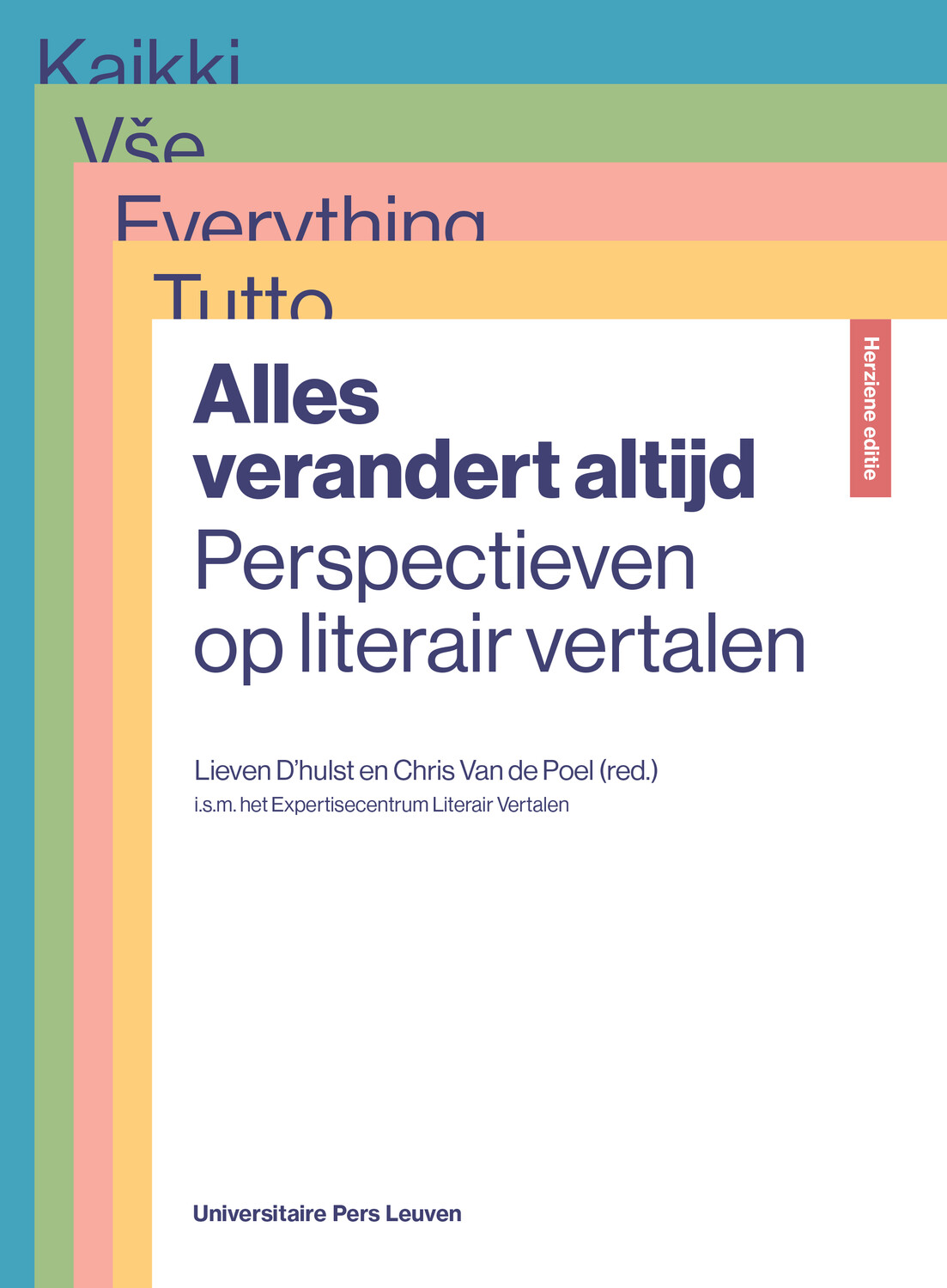
Photo by Anna Oswaldo Cruz Lehner
"Industrial environments can provide the intense physical/emotional experience of cathedrals."
In the latest volume of the Lieven Gevaert Series, Renaissance. Scenes of Industrial Reconversion in the Nord-Pas-de-Calais Coalfield, the artist Jorge Ribalta presents a photographic analysis of the epochal transition from industry to culture and leisure economies. Ribalta's book is organised around eight groups of a varying numbers of photographs and sheds a light on the Nord-Pas-de-Calais mining region’s place in the European history of the capitalist nation-state. In this first 'Author's Corner' blog post Ribalta explains more about his project 'Renaissance'.
Can you briefly and concisely explain in common language what your book is about?
My book is a photographic observation of how a formerly industrial and coal mining region turns into culture and leisure economies. My photos are made in Northern France, in the Lille region, on the Belgian border. But this economic reconversion is not a local process, but a global one that started in Western countries by the 1980s. The question that arises of such reconversion is if it will sustain the postwar social welfare system that allowed the working class to improve its living conditions in an unparalleled way in all history. On another level my photographic observation and discussion may also be relevant to debates on cultural and industrial heritage, and also raise questions about the increasing UNESCO world heritage policies and their social effects.What or who inspired you to choose this topic?
This was a proposal from the Centre Regional de la Photographie Nord-Pas de Calais (CRP) in a small city called Douchy-les-Mines. But I’ve been working on the analysis of the ideological and economic conditions of the cultural field since the last 10 or 15 years. For example, in 2010, while shooting for a project on flamenco culture in Spain, I photographed a mining region in Cartagena, in the Spanish Mediterranean coast, now turned into a mining theme park, which is why I was invited to do my project in France. It happens that in such formerly mining site now they organize the most important flamenco festival in Spain. Funnily both the Northern France mining sites and flamenco were declared world heritage by UNESCO around the period I was photographing (flamenco in 2010 and the French mining sites in 2012), which means I’m dealing with the current shift in culture policies into such “global” scale that supersedes the classic national cultural boundaries and that makes tourism the unconscious of cultural policies.
Do you have any reading suggestions to share (books, blogs, journals, ...) for anyone who wants to know more about the subject?
A very important and pathbreaking book on the links between photography and mining is Benjamin Buchloh and Robert Wilkie’s Mining Photographs and Other Pictures 1948-1968 (NSCAD, 1983). Issues on photographic representation of labor were also pioneered by Jo Spence and Terry Dennett in the 1970s. Their books Photography/Politics One (Photography Workshop, London, 1979) and Photography/Politics Two (Comedia/Photography Workshop, 1986), are now fundamental classics. In German another classic is Arbeiterfotografie (Elefanten Press, Berlin, 1978).
How did the writing process for this book go? Did you experience anything surprising, amusing or strange?
Well, industrial environments can provide the intense physical/emotional experience of cathedrals.What would you like the readers to remember from your book?
Culture and leisure economies seem to operate on a promise of a world in which labor has been superseded. Such economies seemed based on a kind of promise for a “permanent vacation” way of life. That promise needs to be de-naturalized when the horizon of a better life for the sons and daughters of the European middle class has vanished. What are we going to do about it?Do you have any plans yet for a next publication? What will it be about?
This book is part 2 of a trilogy on the late Charles Fifth, king of Spain, the Lower Countries and Germany in the 16th century. My argument is that the study of the rise of the modern world nation-state system around 1500 explains a lot about our current historical conditions. My work is an excavation or an archeology of the present, not to say of the future. My project is to finish the third part of the trilogy and make a book.
 Renaissance
Renaissance
Scenes of Industrial reconversion in the Nord-Pas de Calais coalfield
Jorge Ribalta
Lieven Gevaert Series 25









































